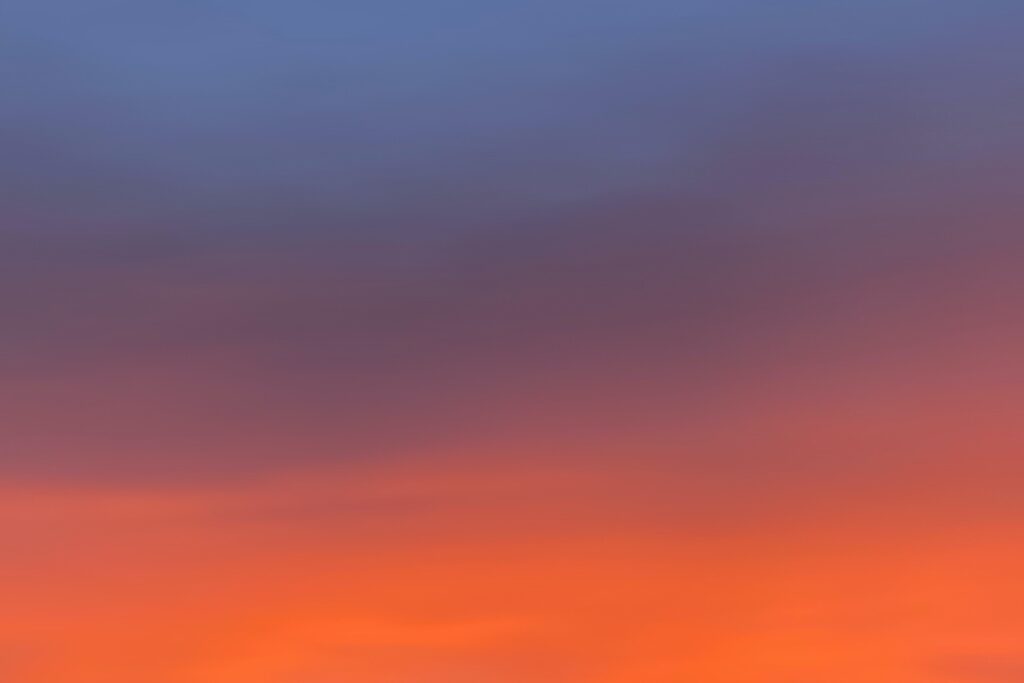Daylight metrics, measurements, and data

Techniques and units to measure and analyse daylight used by different disciplines vary with, for example, the range of the spectrum relevant to each physical/chemical, physiological or biological system examined. Within the boundaries of specific disciplinary contexts, each measurement and analytical approach is often well established and consistent. There are also relationships across disciplinary boundaries, for example, most obviously between radiometry and photometry. The cognate disciplines that study daylight are very wide ranging; including topics from chronobiology, photosynthesis, photochemistry, meteorology to lighting engineering. The separate perspectives on daylight that each of these fields have produced are however describing phenomena with common settings. Seeking an optimal combination of the diverse attributes of daylight, brings challenges as to how to translate work in one discipline to another. It also raises fundamental questions. These include:
- Are there gaps between the metrics used in studies of different aspects of daylight that inhibit the translation of daylight research results between disciplines?
- Are there effects that are not apparent because of metrics used?
- Are there effects that are codependent on multiple inputs (e.g. distinct spectral ranges; intensity; temperature) that would thus require to be simultaneously measured/analysed?
- Are there interdisciplinary perspectives that challenge assumptions underlying particular daylight metrics?
- Are there established metrics and associated concepts that could, perhaps in modified form, be useful outside of their original discipline?
This project is intended to bring together the diverse multidisciplinary members to address the common goal of a mutual and relevant understanding of each other’s disciplines. The tangible outcome will be a report containing a set of recommendations to improve the translation of daylight metrics across different domains. In addition to its formal publication and wider public dissemination, the report will be also be conveyed by relevant Daylight Academy members directly to be considered by key groups that inform and set standards for relevant metrics and associated procedures and protocols. It is anticipated that this project will also stimulate further cross disciplinary research separately-funded by relevant research agencies.
Lead
Prof. Brian Norton, Tyndall National Institute, University College Cork and TU Dublin, Ireland
Past activities
Workshop on 8 April 2022 at Technical University in Berlin